
Roots
For those who carry the coiled crowns of textured hair, the meaning runs deeper than mere aesthetics. It is an echo from the very source, a living archive whispered through generations. This is not about superficial adornment; it is about identity, resilience, and a profound connection to ancestry.
Each curl, wave, and coil holds a story, a testament to journeys taken and wisdom passed down. To truly grasp why textured hair holds such a deep meaning, we must look to its fundamental makeup and the ancient ways it was understood and honored.

The Hair’s Elemental Blueprint
The science of textured hair reveals a unique biological design. Unlike straight hair, which typically grows in a round or oval shape, textured strands emerge from elliptical follicles, leading to their characteristic curl pattern. This helical structure means textured hair can be more susceptible to dryness and breakage due to fewer cuticle layers lying flat, making moisture retention a constant need. Yet, this very structure also contributes to its incredible versatility and visual density.
Early African societies, without the lens of modern microscopy, instinctively understood these qualities. Their care practices, passed through oral tradition, addressed the hair’s natural inclination towards dryness by emphasizing emollients derived from the earth. Think of shea butter, palm oil, or aloe vera—substances revered for their capacity to soften and shield the strands, creating a protective barrier against environmental elements. These ancestral methods were not simply beauty routines; they were sophisticated applications of phytochemistry, honed over millennia, reflecting a deep respect for both the body and the earth’s provisions.

What Were Ancient Understandings of Hair’s Physicality?
In pre-colonial Africa, hair was seen as a living part of the body, a conduit for spiritual energy, and a significant communicator of social standing. The closer hair was to the divine, as the highest point of the body, the more care and ritual it commanded. This perception shaped daily practices, where washing, oiling, braiding, and adorning hair were not trivial acts. They were acts of connection ❉ to the spiritual realm, to one’s community, and to one’s own life force.
The Yoruba people of Nigeria, for instance, believed hair to be associated with Orishas, their deities, and women styled their hair in specific braids to honor these spiritual beings during religious ceremonies. For the Maasai of East Africa, hair length and shaving rituals marked significant life transitions, symbolizing rebirth, renewal, strength, or the passage to elder status. This attention to physical form was intertwined with a reverence for what the hair represented beyond the visible.
Textured hair, from its very roots, embodies a profound connection to ancestral knowledge, spiritual insight, and communal identity.
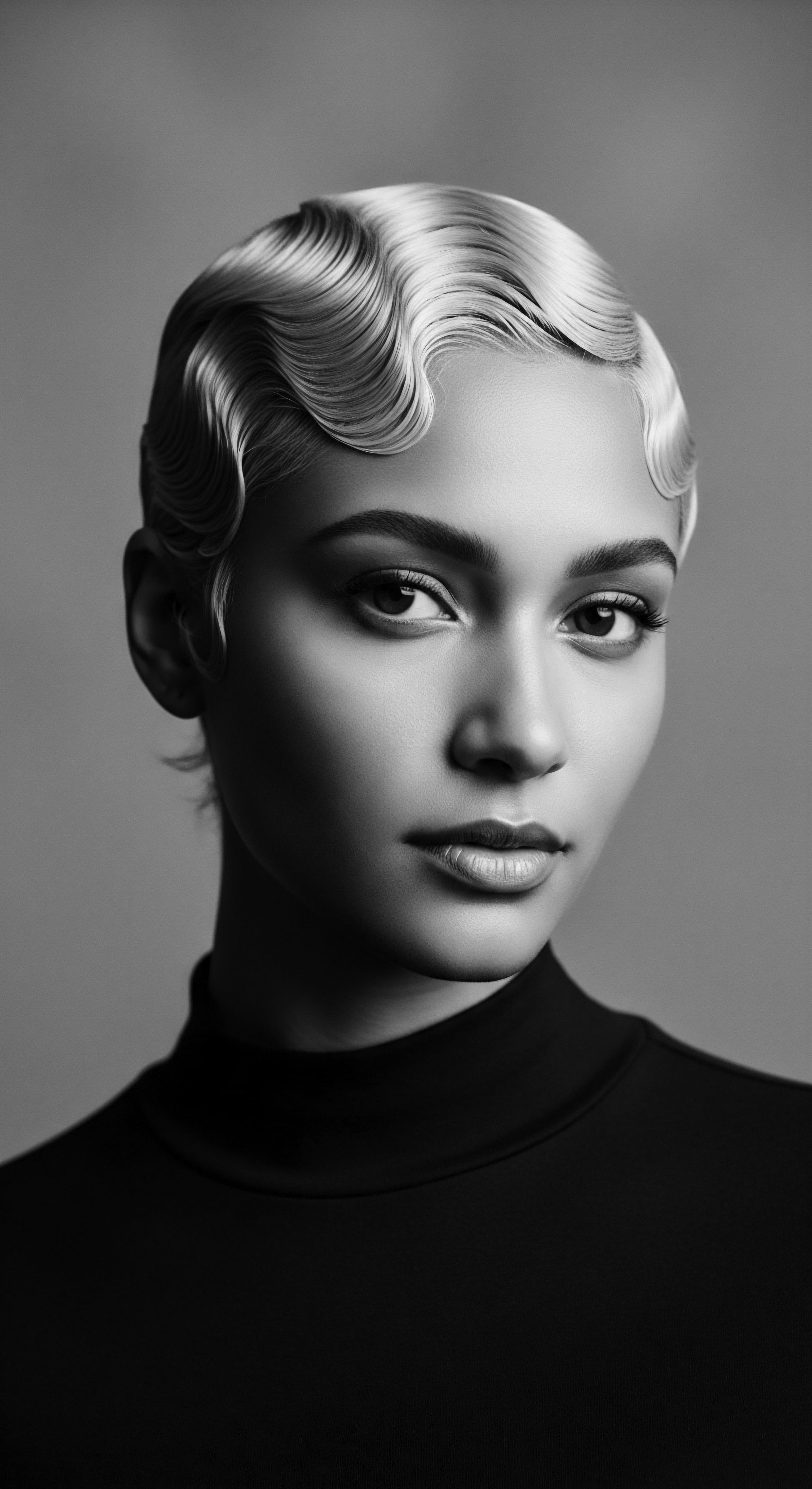
Early Classification and Cultural Meanings
Before modern systems attempted to categorize hair by type numbers and letters, African communities had their own intricate lexicons for textured hair. These classifications were not based on curl pattern alone but on the meanings embedded within the hairstyles themselves. A person’s hair could convey their ❉ marital status, age, religion, ethnic identity, wealth, and community rank.
For example, in the Wolof culture of Senegal, young girls would partially shave their heads to signify they were not courting. In contrast, the Karamo people of Nigeria were recognized by their shaved heads with a single tuft of hair remaining. These markers were public declarations, visible chapters in a person’s life story, narrated through the shaping of their hair.
| Characteristic Curl Pattern |
| Pre-Colonial African Perspective Indicator of tribal affiliation, spiritual connection. |
| Modern Scientific/Cultural Understanding Genetic trait influencing hair behavior, a marker of racial identity. |
| Characteristic Hair Length/Volume |
| Pre-Colonial African Perspective Symbol of vitality, prosperity, fertility. |
| Modern Scientific/Cultural Understanding Personal aesthetic choice, often influenced by historical beauty standards. |
| Characteristic Hair Condition |
| Pre-Colonial African Perspective Sign of health, cleanliness, emotional state (e.g. mourning). |
| Modern Scientific/Cultural Understanding Direct reflection of care practices, diet, and overall well-being. |
| Characteristic The enduring significance of textured hair bridges ancient wisdom with contemporary understanding, continually affirming its deep historical lineage. |
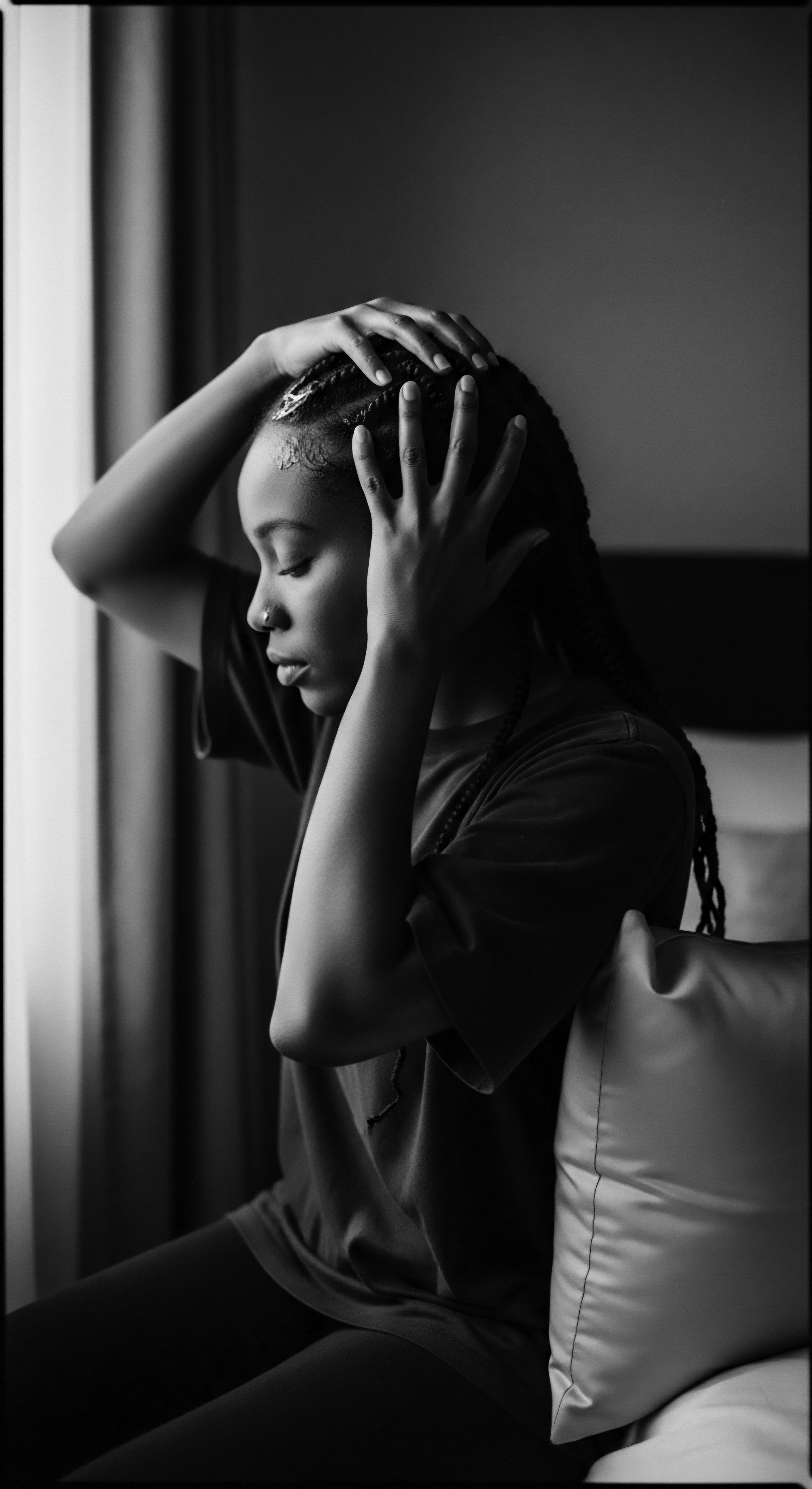
Ritual
The shaping and adornment of textured hair across the African diaspora has always been more than a simple act of personal grooming. It is a ritual, a living tradition passed through hands and memory, connecting past ingenuity with present expression. These acts held deep meaning, reflecting cultural resilience and personal identity, particularly through periods of immense challenge.
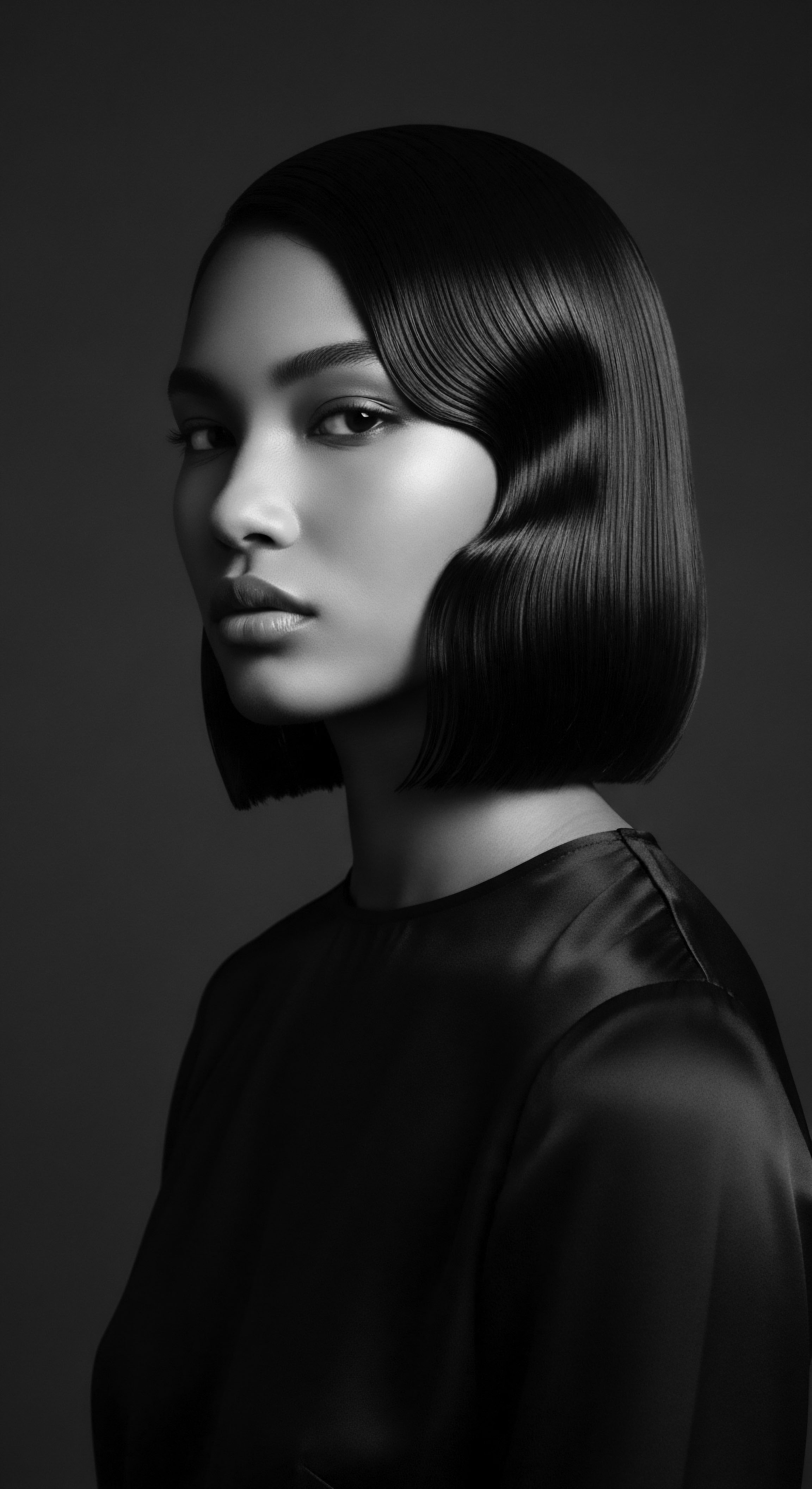
What Historical Practices Defined Textured Hair Styling?
In countless African societies, hair care was a communal practice, a gathering where stories were shared, wisdom imparted, and bonds fortified. This collective spirit imbued the very techniques with an added layer of purpose. Braiding, for instance, often took hours or even days, transforming the process into a social event, a quiet classroom for cultural transmission. From the Yoruba’s intricate Irun Kiko, a thread-wrapping style that denoted femininity and marital status, to the Fulani people’s elaborate adorned hairstyles, each creation was a statement.
These practices were not merely about creating a pleasing appearance; they were foundational to life itself. During the transatlantic slave trade, when African people were forcibly taken from their homes, hair became a hidden tool of survival and defiance. Enslaved African women, particularly rice farmers, braided rice seeds into their hair before being transported, securing sustenance for themselves and preserving a piece of their homeland’s agricultural heritage.
Cornrows sometimes served as covert maps, guiding individuals along escape routes from plantations. This silent language, etched onto scalps, represents a profound act of resistance and cultural continuity.
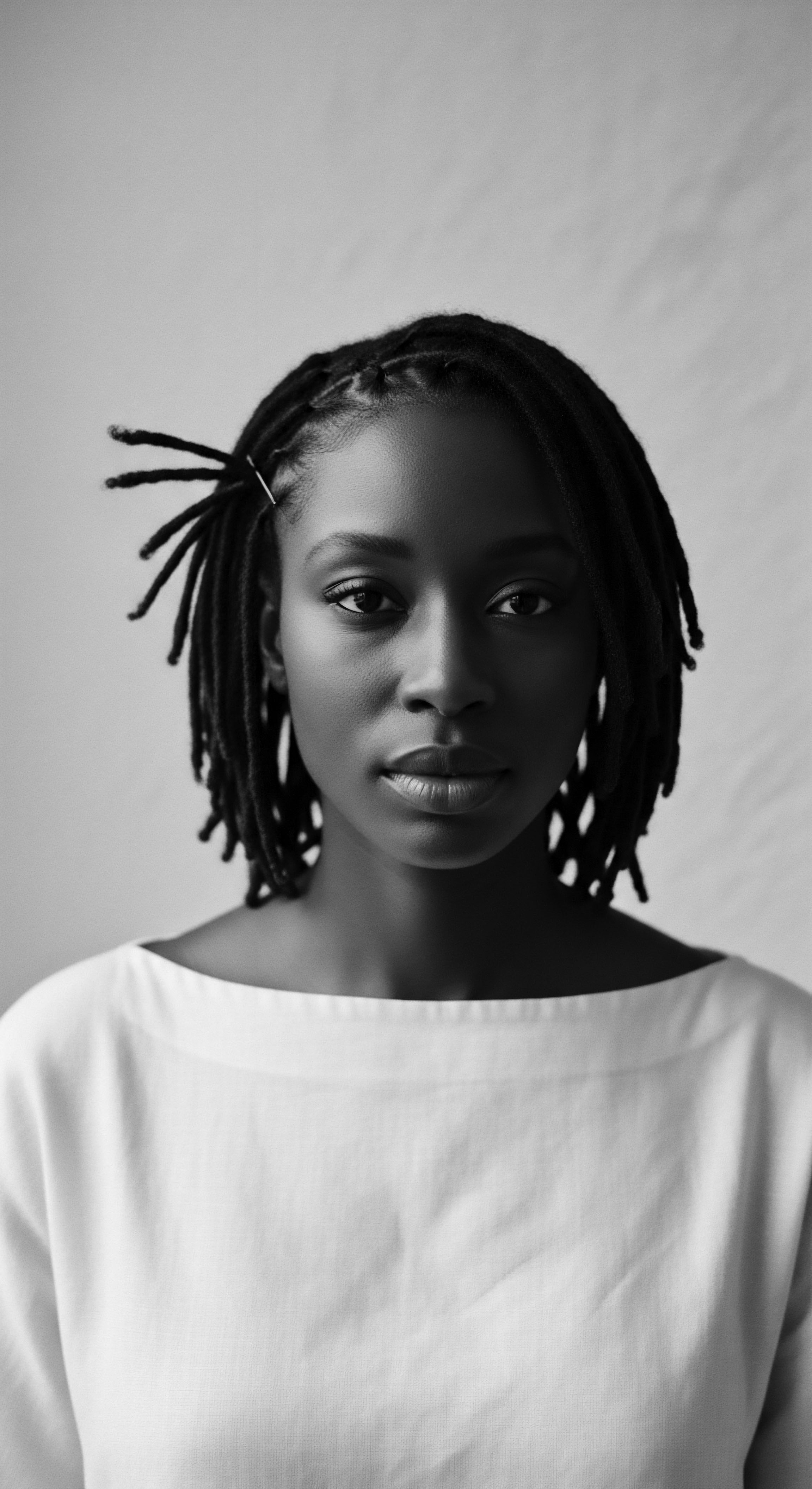
Transformations ❉ Identity Through Hairstyles
The journey of textured hair through history is marked by cycles of repression and reclamation. Post-slavery, Eurocentric beauty ideals were imposed, promoting straightened hair as a mark of acceptability and professionalism. This era saw the rise of hair relaxers and hot combs, tools designed to alter the hair’s natural curl pattern to align with dominant standards. Yet, even as many sought to conform for survival or social mobility, the intrinsic value of textured hair never truly faded.
The 1960s Civil Rights Movement brought a powerful resurgence of natural styles. The Afro became a potent symbol of Black pride, identity, and a direct challenge to the oppressive beauty norms. This era’s rallying cry, “Black is beautiful,” extended to hair, encouraging the embrace of every coil and kink as inherently admirable. Activists such as Angela Davis wore her signature Afro as a political declaration against systemic racism and inequality, inspiring a collective re-affirmation of Blackness.
The evolution of textured hair styling chronicles a persistent journey of cultural expression, resistance, and self-definition.

Tools and Techniques from Generations Past
The tools utilized in textured hair care have a heritage as rich as the styles themselves. Before the modern salon, hands, combs crafted from wood or bone, and natural fibers were the instruments of care. The act of shaping and tending to hair was a generational transfer of skill, where mothers, aunts, and grandmothers imparted their knowledge to younger kin. These sessions often involved techniques like braiding, twisting, and coiling—methods that remain central to textured hair care today because of their effectiveness in protecting delicate strands and promoting growth.
- Combs ❉ Early versions, often made from wood, bone, or horn, were carefully designed to navigate coiled textures without causing damage. These were not simply detangling devices; they were ceremonial objects in some cultures, handled with reverence.
- Braiding Tools ❉ While hands were primary, certain cultures used tools to assist in intricate braiding or sectioning. These might include pins or picks to hold sections of hair, allowing for the precise patterns seen in historical styles.
- Adornments ❉ Beads, cowrie shells, gold, and other precious materials were not merely decorations. They were imbued with meaning, signifying status, wealth, spiritual beliefs, or milestones in a person’s life. The use of jigida, glass beads, by Igbo women in Nigeria for fertility and good fortune during wedding ceremonies provides an insight into this.
Modern hair science has, in some ways, validated the protective strategies that ancestral practices intuitively understood. The very structure of textured hair benefits from being grouped into braids, twists, or locs, reducing manipulation and exposure, which in turn minimizes breakage and supports length retention. This confluence of ancient wisdom and contemporary understanding deepens the appreciation for the ingenious artistry of traditional hair care.
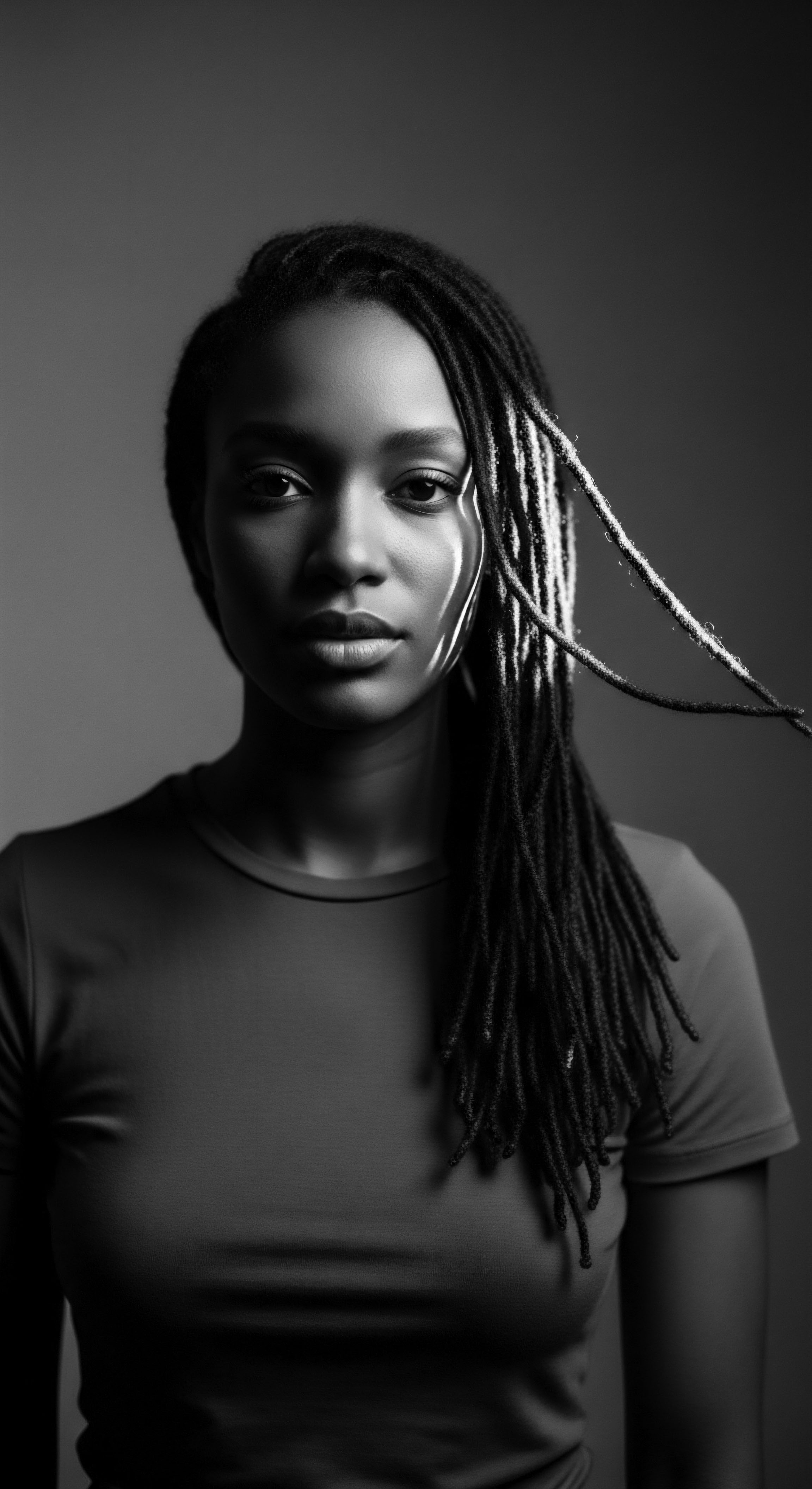
Relay
The vitality of textured hair today is a continuous relay of ancestral wisdom, carried forward and adapted by communities who recognize its profound connection to identity and well-being. This ongoing transmission of knowledge from generation to generation speaks to a heritage that defies erasure, persistently adapting to new contexts while holding fast to its core truths.
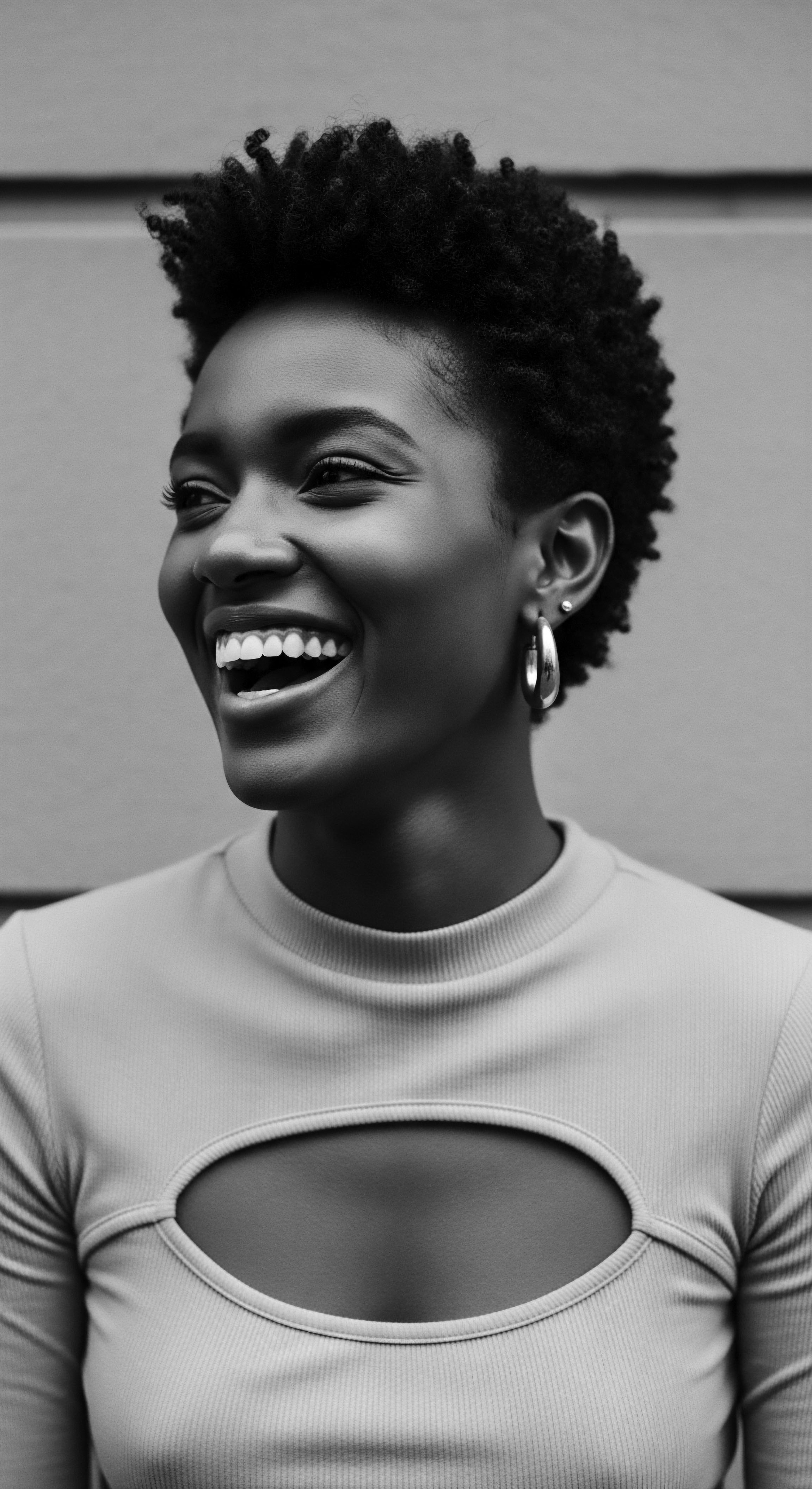
How Does Ancestral Wisdom Inform Modern Hair Care?
The routines of textured hair care are deeply rooted in historical practices, even as modern products and scientific understanding offer new dimensions. Building a holistic regimen for textured hair often draws from a long lineage of natural care philosophies. These philosophies prioritize hydration, gentle handling, and nutrient-rich elements, echoing the practices of African ancestors who utilized local botanicals to maintain hair health.
For centuries, ingredients like Shea Butter, Coconut Oil, and Aloe Vera were staples in African communities, providing natural nourishment and protection for hair. These traditional emollients and plant extracts addressed the hair’s natural dryness and fragility, supporting scalp health and promoting growth. Modern product formulations often aim to replicate these benefits, sometimes even reintroducing these very ingredients, a testament to their enduring efficacy. The communal aspect of hair care, where women gathered to style and share stories, also continues today, evolving into salon experiences and online communities that provide spaces for connection and education.
| Ingredient Shea Butter |
| Ancestral Use (Heritage Context) Rich emollient for moisture and protection in West African communities. |
| Modern Application (Contemporary Relevance) Key component in deep conditioners, stylers, and leave-ins for hydration. |
| Ingredient Aloe Vera |
| Ancestral Use (Heritage Context) Soothing agent for scalp, natural conditioner, used across many regions. |
| Modern Application (Contemporary Relevance) Found in gels, detanglers, and scalp treatments for calming and moisture. |
| Ingredient Various Oils (e.g. Palm, Baobab) |
| Ancestral Use (Heritage Context) Sealant, hair strengthener, used for ritualistic anointing. |
| Modern Application (Contemporary Relevance) Used as pre-poo treatments, hot oil treatments, and scalp massages to condition. |
| Ingredient The continuity of these ingredients underscores a lasting appreciation for nature's provisions in caring for textured hair. |
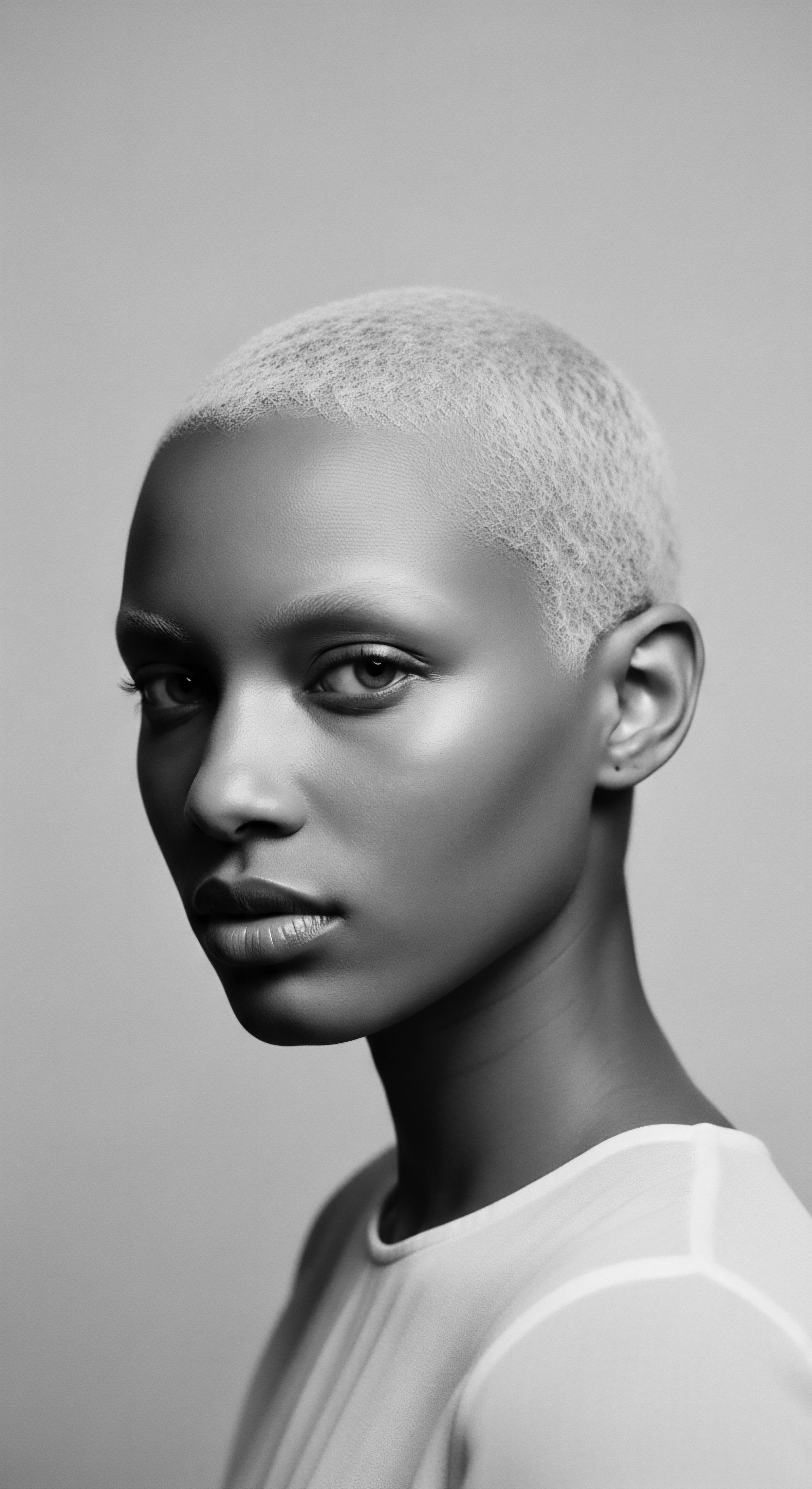
What is the Historical Basis of Nighttime Hair Protection?
The practice of safeguarding textured hair during sleep, often through the use of bonnets or wraps, is not a recent innovation; it is a continuity of ancestral ingenuity. Textured hair, by its very nature, can be prone to tangling, breakage, and moisture loss when rubbed against abrasive surfaces like cotton pillowcases. Ancient communities, attuned to the delicate balance of their hair’s needs, likely employed various methods to preserve their styles and protect their strands through the night, even if the materials differed.
While direct historical records detailing specific “bonnet wisdom” from pre-colonial Africa are scarce, the widespread use of head coverings in various African cultures for protection from the elements, as symbols of status, or for spiritual reasons suggests an understanding of hair preservation. The Louisiana “Tignon Laws” of the 18th century, which forced free Black women to cover their elaborately styled hair, inadvertently led to the creation of vibrant headwraps that became new expressions of cultural pride and art, further cementing the practice of head covering within the diaspora.
Today’s bonnets, durags, and silk pillowcases are modern iterations of this protective impulse, offering a smooth, friction-free surface that helps maintain moisture, reduce frizz, and preserve curl patterns. This simple act of nighttime care directly relates to a long-standing understanding of textured hair’s unique structural properties and its need for careful preservation to ensure its health and vitality.

How Does Textured Hair Status Affect Well-Being?
The history of textured hair is inextricably tied to experiences of discrimination and systemic racism, particularly for Black and mixed-race individuals. From the era of slavery, where hair shaving was a deliberate act to strip identity, to the “Comb Test” and “Pencil Test” used post-slavery to enforce Eurocentric beauty standards, textured hair has been policed and devalued. This legacy continues today, with Black individuals facing discrimination in schools and workplaces for wearing natural hairstyles like locs, braids, and Afros.
Such discrimination has a measurable impact on mental and physical well-being. Studies have shown that Black women often experience anxiety related to their hair, fearing they may not be seen as professional in workplaces. A 2019 Dove study revealed that 66 percent of Black girls in majority-White schools experience hair discrimination, a figure significantly higher than Black girls in other school environments.
Furthermore, 80 percent of Black women are more likely than White women to feel they must alter their natural hair to conform in office settings. This continuous pressure creates psychological distress and affects self-confidence, making the act of wearing one’s natural hair a deeply personal and often political statement.
- Internalized Racism ❉ The perpetuation of negative stereotypes about textured hair can lead to internalized racism, where individuals adopt the dominant society’s prejudicial views about their own hair.
- Psychological Impact ❉ Hair discrimination causes heightened stress responses, impacts self-image, and contributes to mental and physical health concerns among affected individuals.
- Resilience ❉ Despite these challenges, the natural hair movement and legislative efforts like the CROWN Act signify a collective push to dismantle discriminatory practices and celebrate textured hair as a symbol of cultural pride and heritage.
The movement for natural hair acceptance is not just about personal style; it is about human rights, dignity, and the freedom to express one’s cultural heritage without penalty. It is a powerful continuation of the relay, passing the torch of self-acceptance and cultural affirmation to new generations, ensuring that textured hair’s deep meaning is understood, protected, and celebrated.
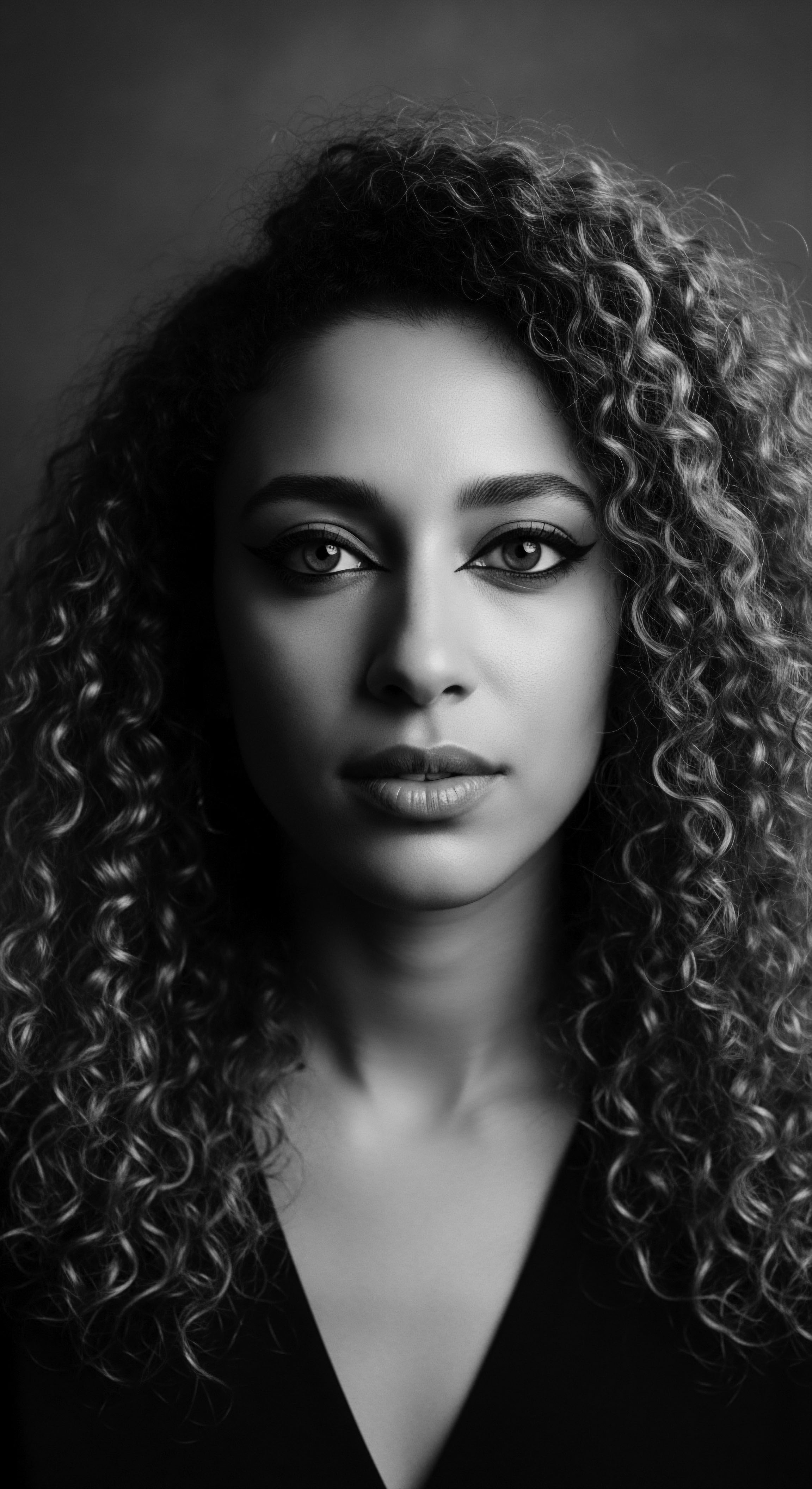
Reflection
To ask why textured hair holds deep meaning is to peer into the very soul of a strand, a delicate helix spun with stories centuries old. It is a question that unfolds a heritage as rich and varied as the countless curl patterns themselves, revealing not merely a biological attribute but a vibrant living archive of human experience. From the sacred rituals of ancient West African societies, where hair communicated status, age, and spiritual connection, to the silent acts of defiance by enslaved ancestors who braided seeds of survival into their hair, its significance endures.
This hair, often dismissed or devalued by dominant cultural narratives, stands as an unwavering symbol of identity for Black and mixed-race communities across the globe. It is a tangible link to a collective past, a visual assertion of belonging, and a testament to an unbreakable spirit. The wisdom passed through hands meticulously tending to coils, the shared laughter in communal styling sessions, the quiet strength found in embracing one’s natural crown against a world that sometimes sought to diminish it—all these experiences contribute to its profound depth.
The ongoing journey of textured hair, from elemental biology and ancient reverence to modern movements for acceptance, speaks to an ever-evolving dialogue between heritage and self. It reminds us that care for this hair is a radical act of self-love and a powerful way to honor those who came before. In every carefully chosen product, every protective style, every celebration of its natural form, the echoes of ancestral resilience resound. This hair is, indeed, a living legacy, continuing to tell a story of beauty, strength, and an enduring connection to the very roots of who we are.

References
- Byrd, Ayana D. and Lori L. Tharps. Hair Story ❉ Untangling the Roots of Black Hair in America. St. Martin’s Press, 2001.
- Johnson, Sheri-Ann, and Marilyn Bankhead. “Black women and identity ❉ What’s hair got to do with it?” National Journal of Urban Education & Practice, vol. 7, no. 2, 2014.
- Mercer, Kobena. Welcome to the Jungle ❉ New Positions in Cultural and Ethnic Studies. Routledge, 1994.
- Patton, Tracey Owens. “African American hair as a political statement.” Afro Images ❉ Politics, Fashion, and Nostalgia, 2006.
- Rooks, Noliwe M. Hair Raising ❉ Beauty, Culture, and African American Women. Rutgers University Press, 1996.
- Thompson, Cheryl. “Black women and identity ❉ The importance of hair in the identity of Black people.” Nordic Psychology, vol. 71, no. 3, 2008.
- Dove. The CROWN Research Study ❉ Hair Discrimination in America. 2019.
- Mbilishaka, N. A. et al. “Psychological meaning of hair for Black men.” Journal of Black Psychology, vol. 49, no. 8, 2023.
- Gomez, Lucy. “Mursi Hair Rituals and Ancestral Connection.” Journal of African Anthropology, 2018.
- Kempf, Jennifer L. et al. “Confronting Hair Discrimination in Schools ❉ A Call to Honor Black History by Protecting Student Rights.” IDRA Newsletter, February 2024.
